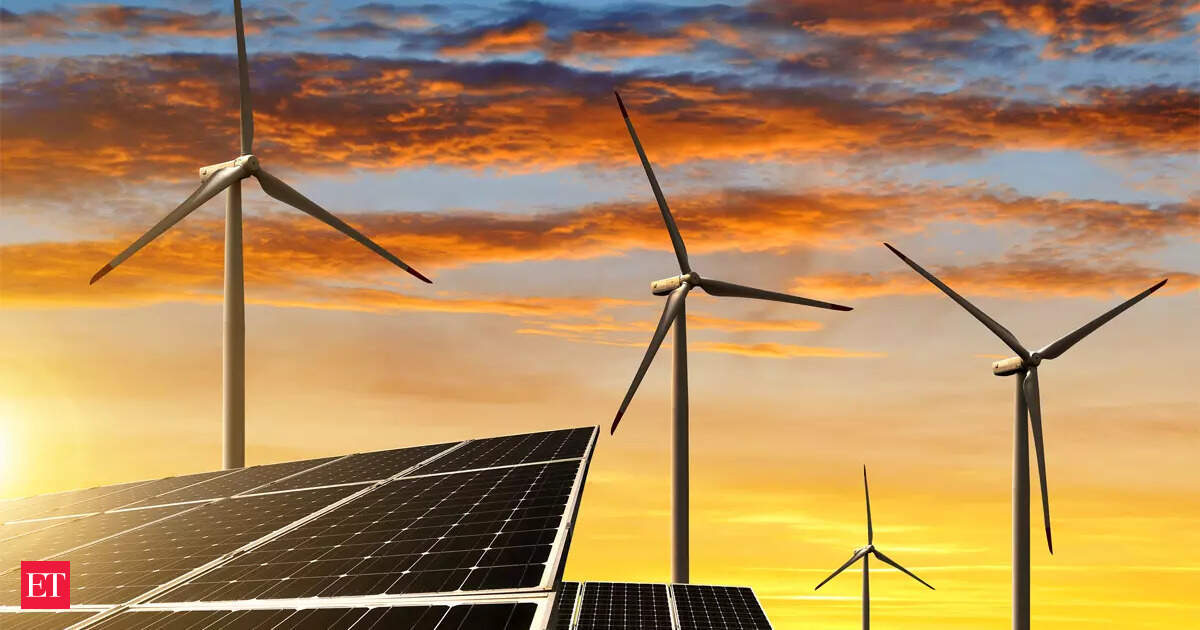Key Takeaways
- Karnataka topped India in wind power capacity addition, adding 1,331.48 MW in the financial year 2024-25.
- The state now boasts a total installed wind power capacity of 7,351 MW, reflecting its commitment to renewable energy.
- Union Minister Pralhad Joshi highlighted India’s goal of achieving 500 GW of renewable energy by 2030, with significant contributions from Karnataka.
Karnataka Leads in Wind Power Capacity Expansion
Karnataka has secured the first position in India for wind power capacity addition, achieving an impressive 1,331.48 MW in the financial year 2024-25. The award was presented to State Energy Minister K J George by Union Minister for New and Renewable Energy, Pralhad Joshi, during the Global Wind Day 2025 celebrations in Bengaluru.
Following Karnataka, Tamil Nadu and Gujarat added 1,136.37 MW and 954.76 MW, respectively. Minister George emphasized that this achievement signifies Karnataka’s steadfast commitment to clean energy, attributing the success to proactive policies and effective implementation.
With the new additions, Karnataka’s total installed wind power capacity has reached 7,351 MW, showcasing the state’s leadership in the renewable energy sector. George stated, “This achievement is symbolic of our ability to execute large-scale projects and provide clean energy to industries, farmers, and households.”
The state is dedicated to supporting the national target of achieving 500 GW of renewable energy by 2030, which includes a targeted 100 GW from wind energy. Plans are underway for implementing 17 GW of wind power projects, including over 5 GW as part of the Renewable Energy Cluster Programme. Infrastructure improvements are already in progress, including the establishment of over 20 substations and 400 KV corridors.
At the recent Global Investors Meet, Karnataka signed investment agreements worth Rs four lakh crore in renewable energy, amounting to nearly 40% of the state’s total investments. This highlights significant investor confidence in Karnataka’s green energy initiatives.
Union Minister Joshi, referencing the historical significance of Karnataka as the birthplace of Hanuman—the original symbol of wind power—acknowledged the state’s role in India’s renewable energy landscape. He noted that India stands as the fourth-largest wind power generator globally, with an installed capacity of 51.5 GW.
The national objective includes reaching 500 GW of renewable energy by 2030, with 100 GW projected from wind, of which 30 GW will be from offshore sources. Joshi also cited the current year’s export of 3.5 to 4 GW of wind turbines and modules, emphasizing the need for continuous improvements in energy supply and grid stability.
A key report titled “Ramping up local manufacturing for wind turbines in India” was released during the event, outlining a roadmap for enhancing domestic manufacturing capabilities. Karnataka’s Additional Chief Secretary, Gaurav Gupta, informed attendees that the state’s current wind power capacity exceeds the combined capacities of South Africa, Portugal, and New Zealand, rivaling those of Sweden and Australia. This further underscores Karnataka’s pivotal role in advancing India’s renewable energy initiatives.
The content above is a summary. For more details, see the source article.















